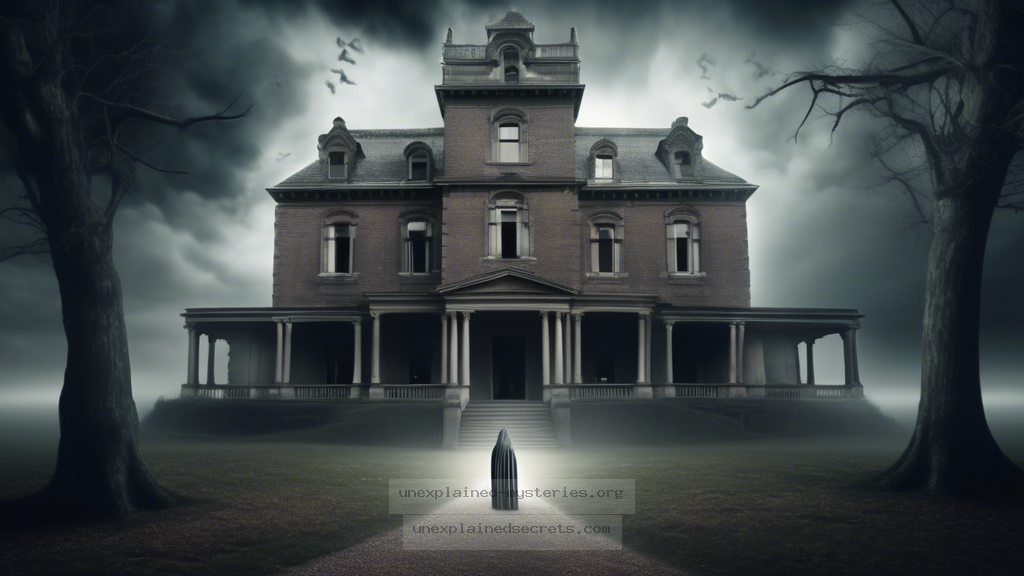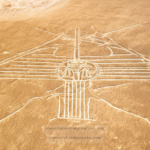What Really Lies Behind the Most Captivating Ghost Sightings of Historic Locations?
What Really Lies Behind the Most Captivating Ghost Sightings of Historic Locations?
The phenomenon of ghost sightings has intrigued humanity for centuries, raising questions about the afterlife, the nature of reality, and the unknown. This question matters because the fascination with ghostly apparitions is not merely a matter of folklore; it intersects with psychological, cultural, and even scientific domains. Ghost sightings often occur in historic locations, where the past seems to linger in the present, prompting us to consider: Are these specters merely figments of our imagination, or do they represent something much deeper? In this exploration, we will delve into some of the most captivating ghost sightings in historic locations, examining the evidence, historical context, and theories surrounding these eerie occurrences.
Historical Context of Ghost Sightings
Ghost sightings have been reported throughout history, with accounts dating back to ancient civilizations. The Romans documented hauntings in their literature, while medieval Europe saw a rise in ghost stories, often linked to the beliefs surrounding the afterlife. In many cultures, ghosts were seen as the souls of the deceased who had unfinished business or were seeking closure. These beliefs shaped how societies viewed death and the possibility of life beyond the grave.
In the 19th century, the rise of Spiritualism—a movement that posited the existence of communication with the dead—further fueled ghost sightings. This era saw an increase in séance gatherings and ghost tours, many of which were conducted in historic locations known for their dark pasts. The combination of historical significance and tragic events often contributed to the belief that these sites were haunted. Today, many of these locations remain popular spots for ghost hunters and paranormal enthusiasts, each with its own chilling tales.
Core Concepts: What Makes a Location “Haunted”?
When discussing ghost sightings, several core concepts come into play, including the idea of residual hauntings, intelligent hauntings, and poltergeist activity. Understanding these categories can help clarify why certain locations are deemed haunted.
- Residual Hauntings: These occur when the energy of a past event seems to replay itself, often in a loop. Witnesses report seeing apparitions that do not interact with the living, suggesting they are mere echoes of the past.
- Intelligent Hauntings: In contrast, these involve spirits who are believed to be aware of their surroundings and can interact with the living. These encounters often include conversations, messages, or signs from the deceased.
- Poltergeist Activity: This type of haunting is characterized by physical disturbances, such as objects moving or unexplained noises. Poltergeists are often thought to be manifestations of emotional turmoil, sometimes linked to a living individual.
Practical Evidence: Documented Cases of Ghost Sightings
Throughout history, numerous documented cases of ghost sightings have captivated audiences and fueled the search for evidence. Here are a few notable examples:
| Location | Year | Reported Sightings |
|---|---|---|
| The Tower of London | Various | Numerous sightings of Anne Boleyn and other historical figures |
| The Stanley Hotel | 1920s | Encounters with the spirit of F.O. Stanley and other guests |
| Gettysburg Battlefield | 1863 onwards | Reports of ghostly soldiers and sounds of battle |
Each of these locations has rich histories filled with tragedy, loss, and significant events that are believed to contribute to the reported ghost sightings. For example, the Tower of London, known for its brutal history, has seen countless apparitions, including that of Anne Boleyn, who was executed there. Visitors have reported seeing her ghost wandering the grounds, often dressed in white.
Alternative Perspectives: Skeptics vs. Believers
The debate surrounding ghost sightings often pits skeptics against believers. Skeptics argue that ghost sightings can be attributed to psychological factors, such as pareidolia (the tendency to see patterns, such as faces, in random stimuli) or environmental factors like infrasound, which can induce feelings of unease. They assert that many ghost sightings can be explained through scientific methods and logical reasoning.
On the other hand, believers contend that personal experiences and anecdotal evidence cannot be dismissed. Many individuals report profound encounters that defy explanation, often leading them to seek deeper meanings or connections to the afterlife. This divide raises essential questions about how we interpret experiences that fall outside the realm of conventional understanding.
Key Insight: The human brain is wired to seek patterns and meanings, which can lead to misinterpretations of ghostly experiences. However, unexplained phenomena continue to challenge our understanding of reality.
Common Misconceptions About Ghost Sightings
Several misconceptions surround ghost sightings that can cloud our understanding:
- All Ghosts are Malevolent: Many believe that all spirits are harmful or vengeful, but numerous encounters describe benign or even helpful apparitions.
- Ghosts Only Appear at Night: While many sightings occur after dark, there have been numerous reports of ghostly encounters during daylight hours.
- Only Certain Places are Haunted: While historic locations may have a higher frequency of sightings, ghosts can appear anywhere, including private homes.
Best Practices for Investigating Ghost Sightings
If you’re interested in investigating ghost sightings, whether as a hobby or a professional pursuit, consider the following best practices:
- Research the History: Understand the historical context of the location to provide insight into potential hauntings.
- Use Scientific Equipment: Tools such as EMF meters, infrared cameras, and digital voice recorders can help gather evidence.
- Document Everything: Keep detailed notes of experiences, sightings, and any equipment readings for future analysis.
- Respect the Space: Approach investigations with respect, especially in locations that may hold significant emotional weight for visitors or the deceased.
Warning: Always prioritize safety and legality when investigating potentially dangerous or private locations.
Future Developments in Ghost Research
The field of paranormal research is evolving, incorporating advancements in technology and psychology. Future developments may focus on:
- Enhanced Equipment: Innovations in technology may provide new ways to capture evidence of ghost sightings.
- Psychological Studies: Understanding how the mind perceives hauntings could offer insights into why certain locations are deemed haunted.
- Community Engagement: Collaborative efforts between researchers and local communities may lead to more comprehensive studies of ghost sightings.
As our understanding of the human experience deepens, the exploration of ghost sightings may take on new dimensions, blending science with spirituality.
Conclusion: The Enigma of Ghost Sightings Persists
The question of what lies behind the most captivating ghost sightings of historic locations remains an enigma. While historical context and documented cases provide compelling evidence, the debate between skeptics and believers continues. Misconceptions about ghosts often cloud our understanding, yet with careful investigation and respect for the unknown, we can explore these haunting mysteries further. As we look to the future, the intersection of technology, psychology, and cultural beliefs may illuminate new facets of ghost phenomena, inviting us to deepen our understanding of life, death, and what lies beyond.
Other Articles
Recent Posts
- What Happened to Flight MH370? The Conspiracy Theories That Still Haunt Us
- What Secrets Lurk Within the Walls of the Infamous Trans-Allegheny Lunatic Asylum?
- What Evidence Supports the Existence of Bigfoot in the Pacific Northwest?
- What Happened to the Indus Valley Civilization? Unraveling the Mysteries of Ancient Urban Life
- Can Telepathy Be Scientifically Proven Through Laboratory Evidence?







